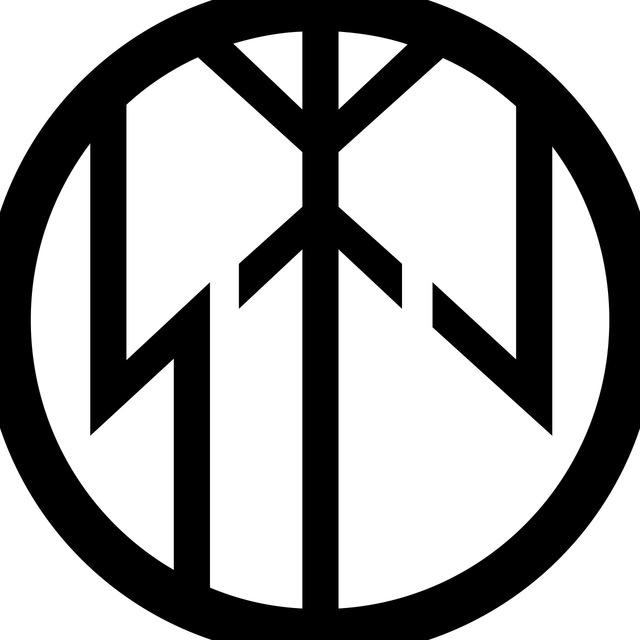
Survive the Jive: All-feed
All StJ activity updates here on the All feed. ᛝ🐗 🌐 Website: https://survivethejive.blogspot.com 👕 Merch: https://www.survive-the-jive.com/ ▶️ Main YouTube: https://www.youtube.com/c/Survivethejive/ 🔗 All other links: https://linktr.ee/SurvivetheJive
Mostrar más14 560
Suscriptores
-124 horas
-117 días
+4230 días
- Suscriptores
- Cobertura postal
- ER - ratio de compromiso
Carga de datos en curso...
Tasa de crecimiento de suscriptores
Carga de datos en curso...
Photo unavailableShow in Telegram
BTW the above design by Christian Sloan Hall is based on SF-92CD45 from Ousden, Suffolk
⚡ 30🤯 5👍 2
Repost from Germanic Paganism
Photo unavailableShow in Telegram
Lokasenna 22-23 indicates that Loki’s behaviors as described by Odin, were not viewed favorably by the Gods. It’s safe to assume that humans should not be behaving this way either.
Loki said:
“Silence, Odin.
You always judge battles
unfairly for humans.
You have often given
defeat to the better side
when you shouldn’t have.”
Odin said:
“You know,
even if I did judge unfairly,
and made the better side lose,
I know that you,
For eight years,
lived on the earth down below
as a cow in milk, and as a woman,
and you’ve given birth to children-
I call that a pervert’s way of living.”
Lokasenna 22-23
⚡ 50❤ 7👀 3👍 1🔥 1
Repost from ᛉ Sagnamaðr Stark ᛉ
Photo unavailableShow in Telegram
An Anglo Saxon seax mount from the Staffordshire Hoard with an entwined animal design. In the early Anglo Saxon period, even the smallest surfaces were beautifully decorated.
⚡ 43❤ 13👍 7🗿 1
Repost from Paintings of Caledonian
Photo unavailableShow in Telegram
An interesting supposition, that the rapid and drastic changes that occurred between Primitive Irish and Old Irish may have been due to influence from a now extinct substrate. I doubt it would be pre-Indo-European considering that the pre-Indo-European population of Ireland bad already been thoroughly replaced millennia before. If these drastic changes were due to a local substrate language, it may have been the now extinct pre-Celtic, but Indo-European, language of the Insular Bell Beakers. If so, it may be a hint that the language(s) of the Insular Beakers survived until several centuries deep into the first millennium AD
From this paper: https://ifc.dpz.es/recursos/publicaciones/38/77/24stifter.pdf
👍 31❤ 11🤔 4⚡ 3
Some pictures of the hills and dolphins here in the Hebrides. A magical region of Britain
❤ 100👍 17🔥 5🤩 4
Photo unavailableShow in Telegram
Today I am on the Isle of Skye. Saw dozens of dolphins, many seals and a pair of white tailed eagles feeding their chick
❤ 115👍 25⚡ 9🥰 6🤩 3🐳 2
Repost from Wessex Woodcraft
Photo unavailableShow in Telegram
This was an interesting one. A kerykeion, done in a Germanic style.
I opted to go with Urnes type serpents, though I had to adapt and simplify them slightly to keep the piece's strength. Also, as its quite fragile, I had to do most of the shaping with a knife rather than the usual chisels and gouges which was fun. Stuck a modest little othala rune in there too.
The carving stands at 12" tall and is made completely out of ash, blackened off, rubbed back again and coated in Danish oil.
👏 51❤ 9👍 5⚡ 4🔥 3
Repost from Survive the Jive: All-feed
The man behind the "haaail haaiil" StJ theme tune was good enough to grace my podcast with an interview. Dan Capp of Wolcensmen discusses the pagan themes in the lyrics of some of my favourite selections from his discography in this musical podcast....https://survivethejive.blogspot.com/2021/04/pagan-english-folk-music-with-dan-capp.html
Pagan English folk music with Dan Capp of Wolcensmen
Wolcensmen interview
👍 51❤ 7
Elige un Plan Diferente
Tu plan actual sólo permite el análisis de 5 canales. Para obtener más, elige otro plan.
